From Sur, I drove the 50km to the eastern most point of the Arabian Peninsula to visit the Ras al Jinz Turtle Reserve, south of Ras Al Hadd. The turtle reserve was formed in 1996 and covers a large area around the coast of the Peninsula, including one kilometre into the Arabian Sea. On account of the sandy beaches, warm fertile waters, Oman’s peninsula is the ideal for approximately 25,000 Green Turtles to lay their 50-60,000 eggs each year. Archaeologists have uncovered 6,000-year-old remains of fishermen's villages, but today you’ll be surprised and relieved at the lack of development, the reserve is almost untouched. So come and enjoy the sight of the turtles (best time to come is July to October), the emptiness of the Arabian Desert, the quiet star-filled night skies and the magnificent sun rises over the Arabian Sea.
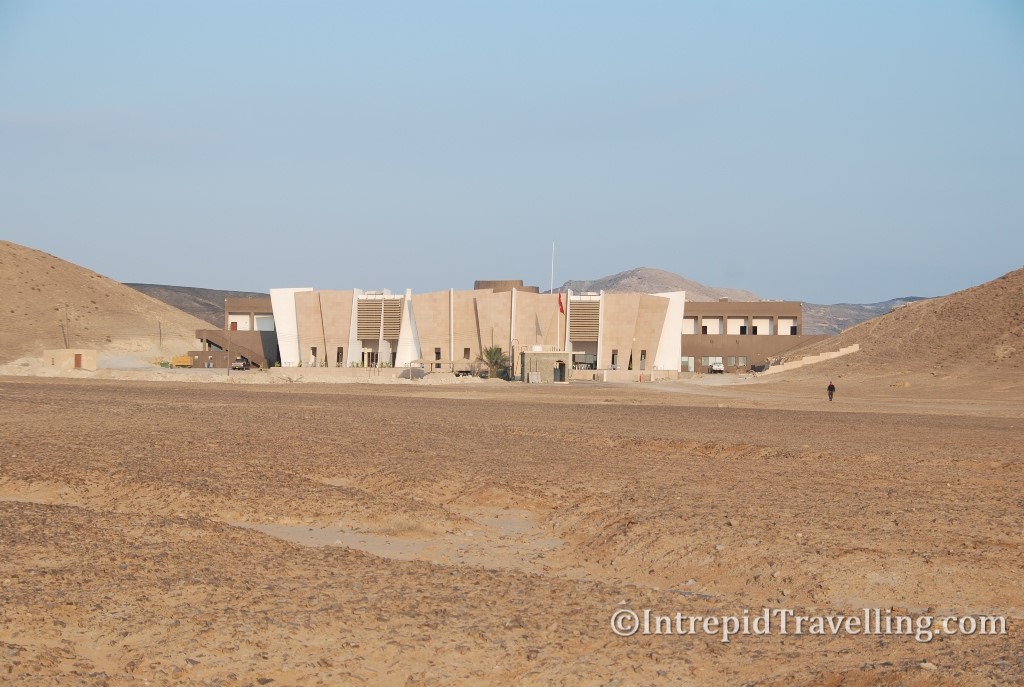
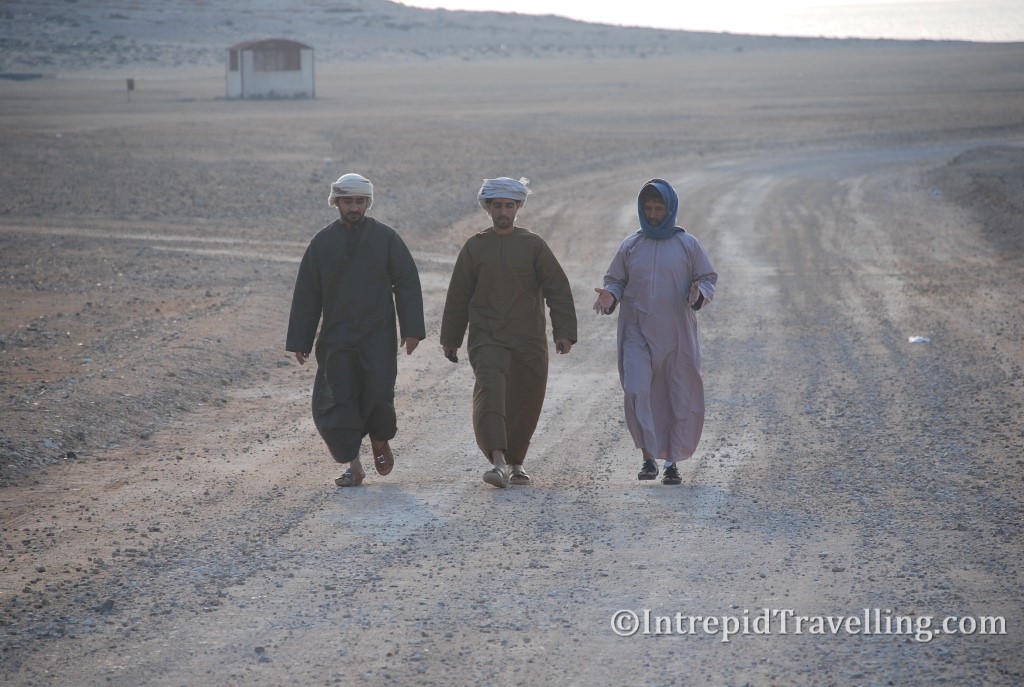
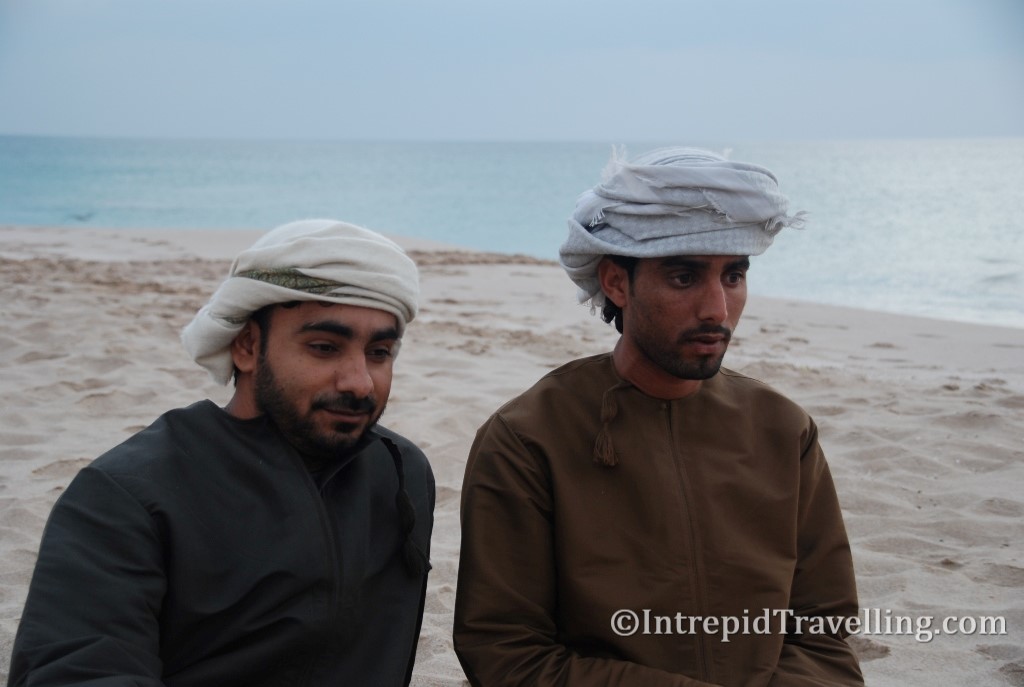
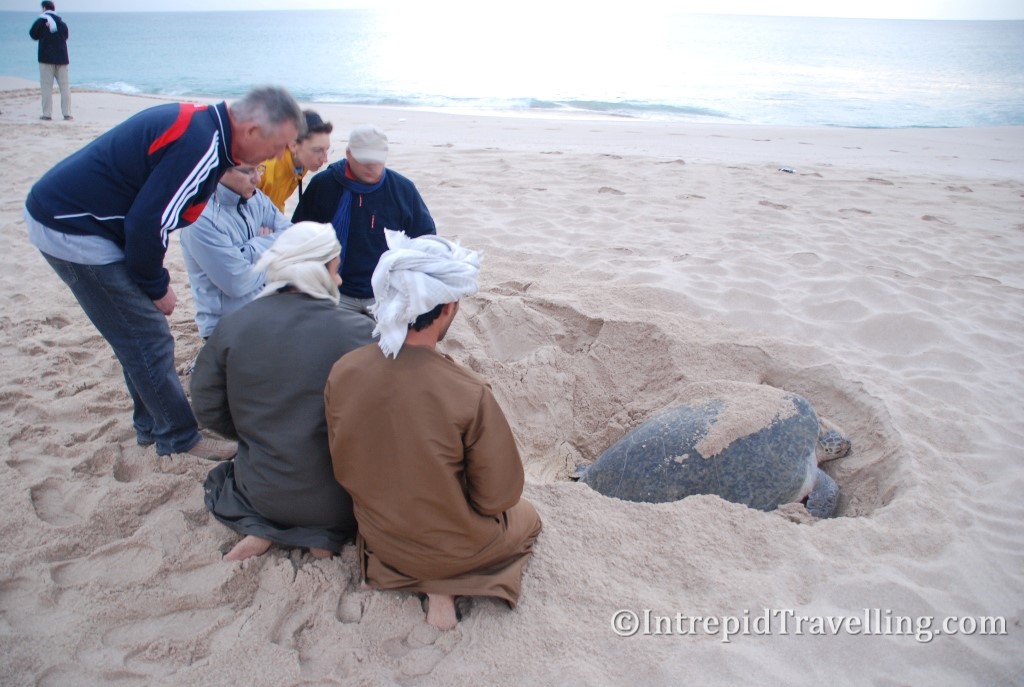
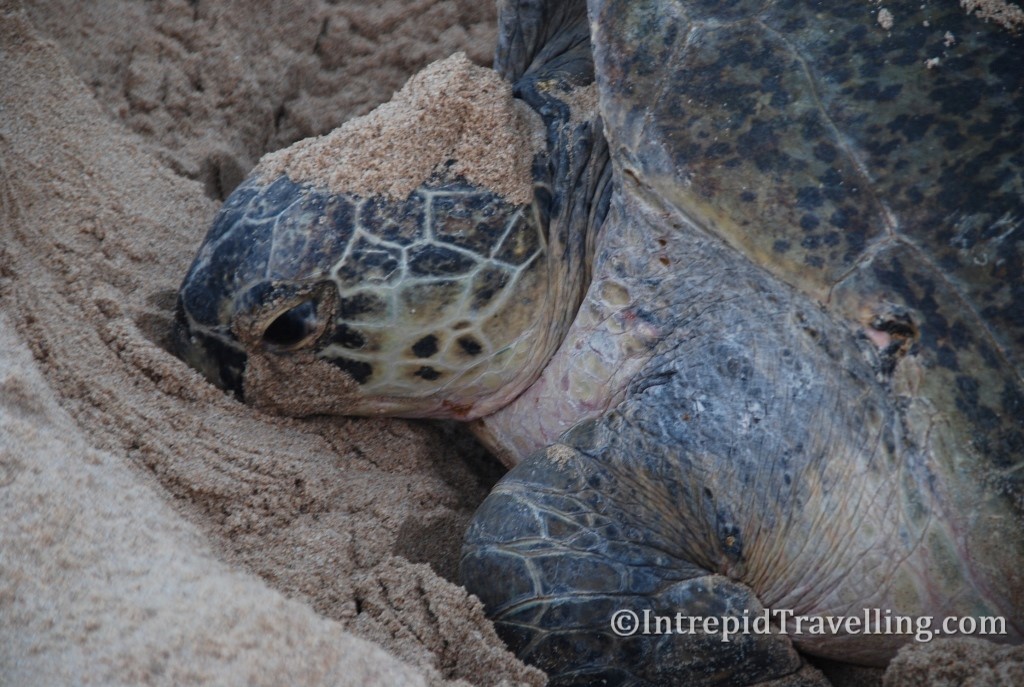
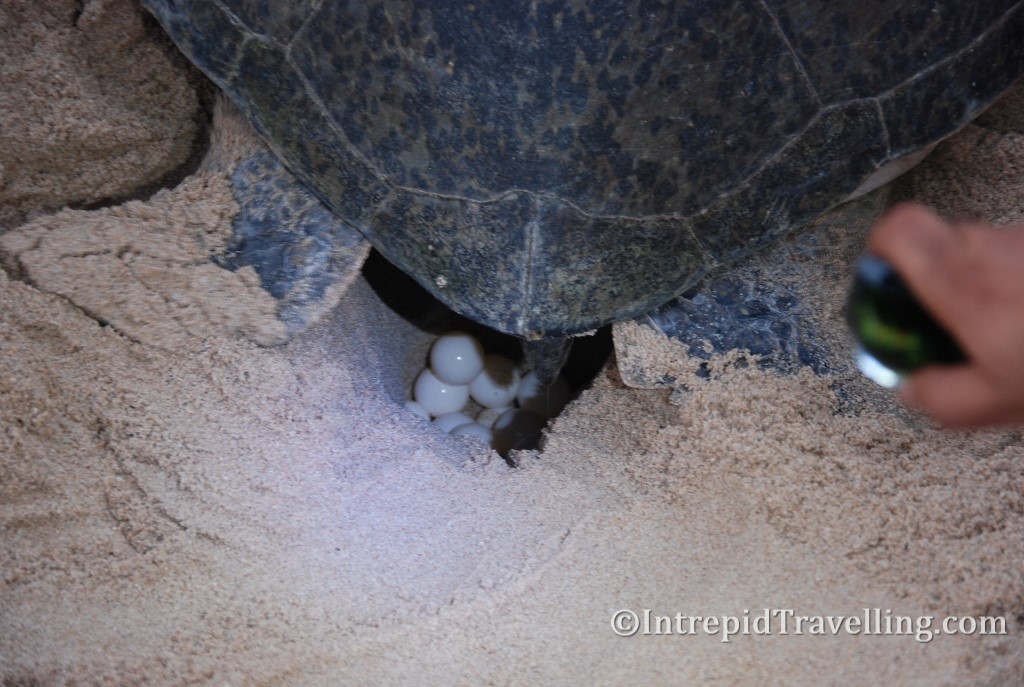
While at the Turtle Reserve I would join a morning turtle tour which started at 4:00am, with our guides being locals, Nassa and Abdel who would lead us to the Ras Al Jinz beach and teach us about the turtle’s journey and lifecycle. The reserve is the largest nesting site in the world of the endangered Green Turtle , even though 25,000 turtles nest here annually. I was visiting in January, and unfortunately winter is the low season for turtle nesting, however we were fortunate to see a relatively large female come ashore in the darkness, dig a hole in the sand using the tips of their paws so as to bury their eggs and then return to the sea.
A Green Turtle, weighing around 200kgs, will lay about 100 golf ball sized eggs. As day breaks over the Arabian Sea we continued to witness a large female continue to lay her eggs, but usually the turtles have covered the nest and returned to the sea before day break. Several hours after beginning the nesting process the turtle will return to the sea to which she came, no doubt aware that the reality of the situation is that only 1 in 1,000 of turtle hatchlings will live to adulthood to return to nest on the same beach to which they were born in.
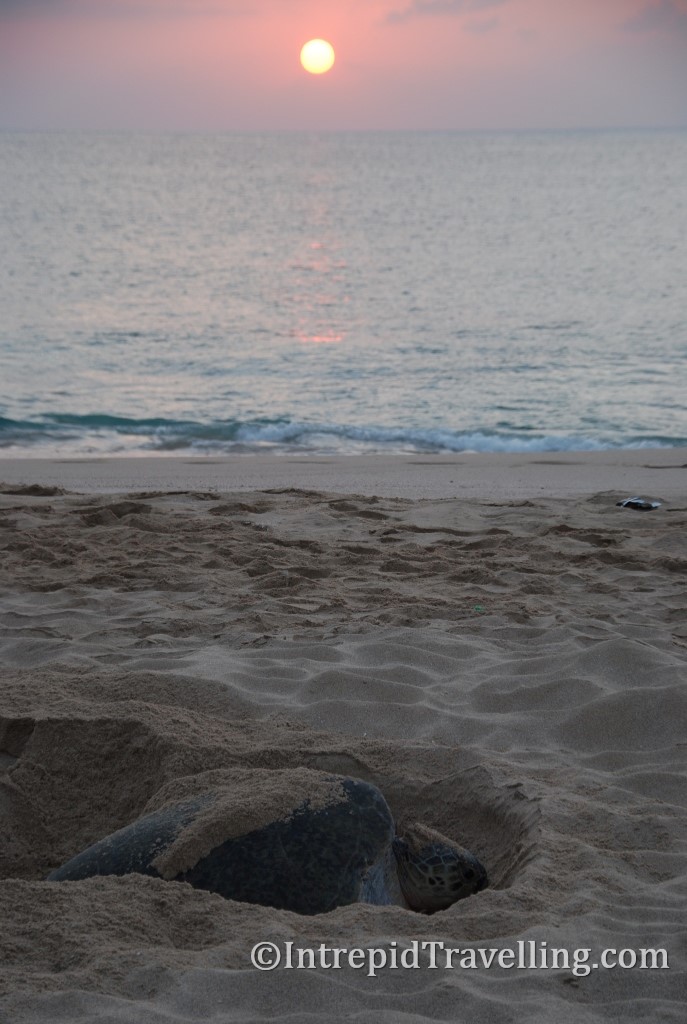
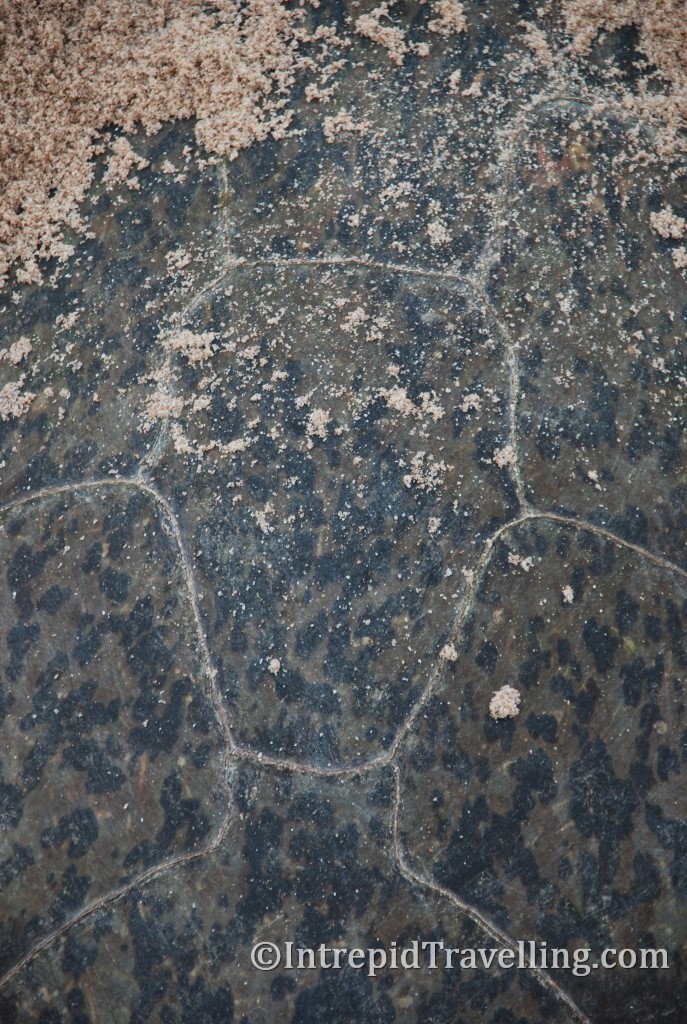
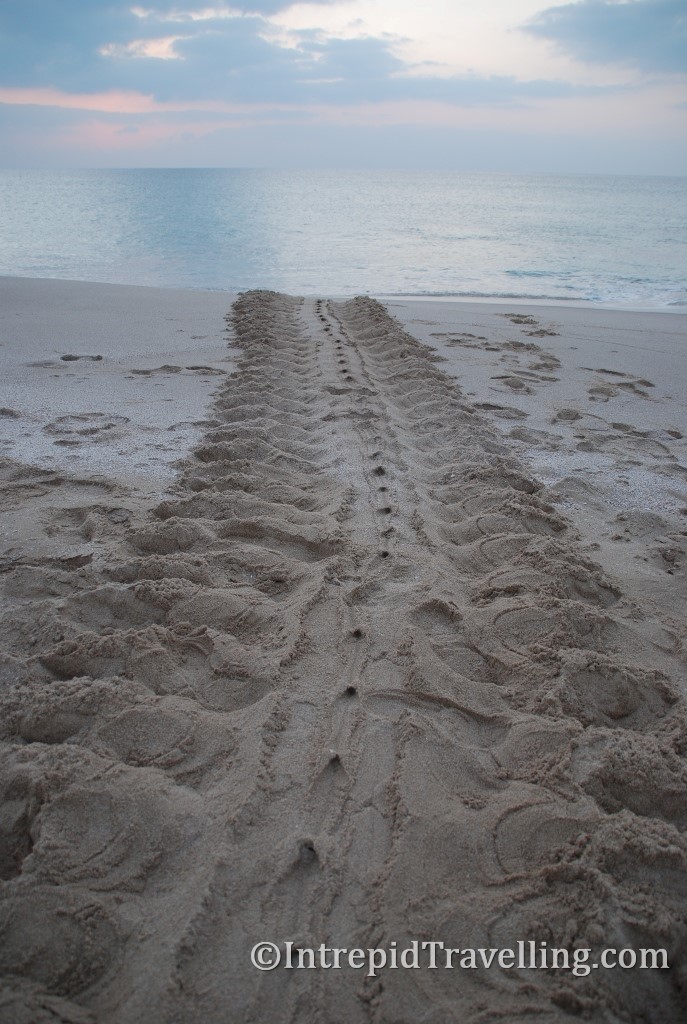
Once your morning turtle encounter is complete and you still feel like more exploring, head south to the Wahibah Sand dunes, you may even encounter one of the driving occupational hazards in Arabia; roaming camels! I was glad to see a wild camel up close, my Arabian leg wouldn’t have been the same without it.
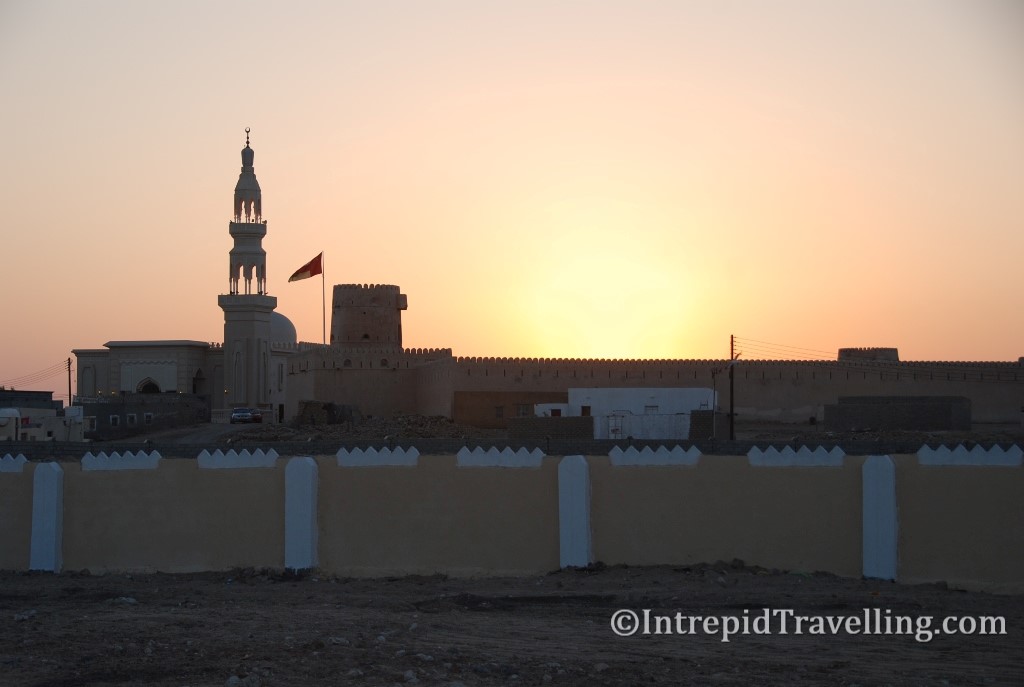
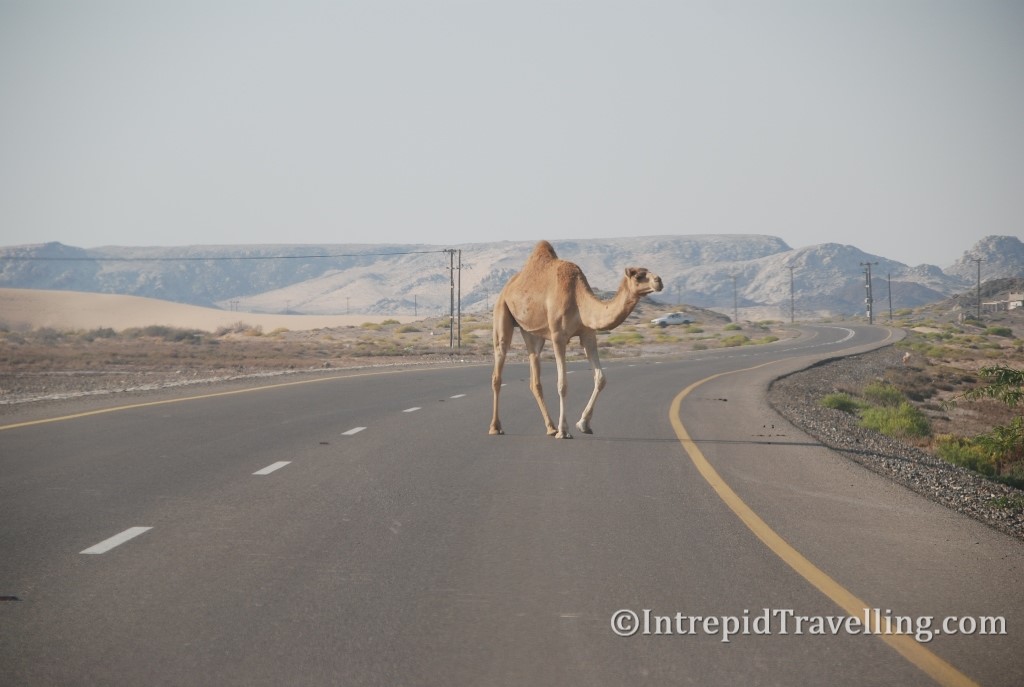
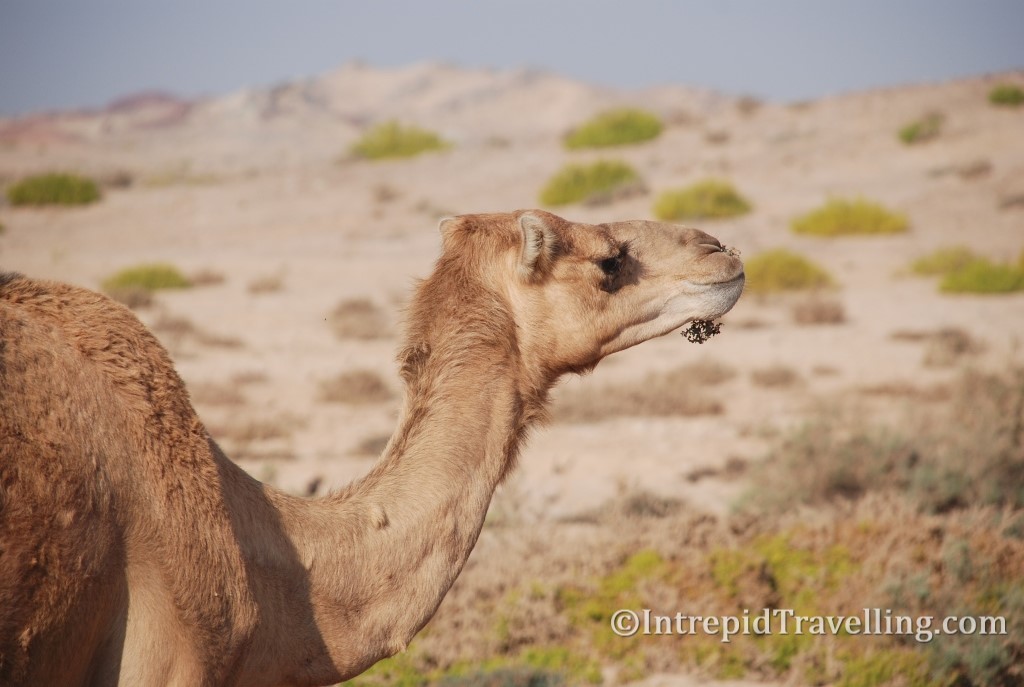
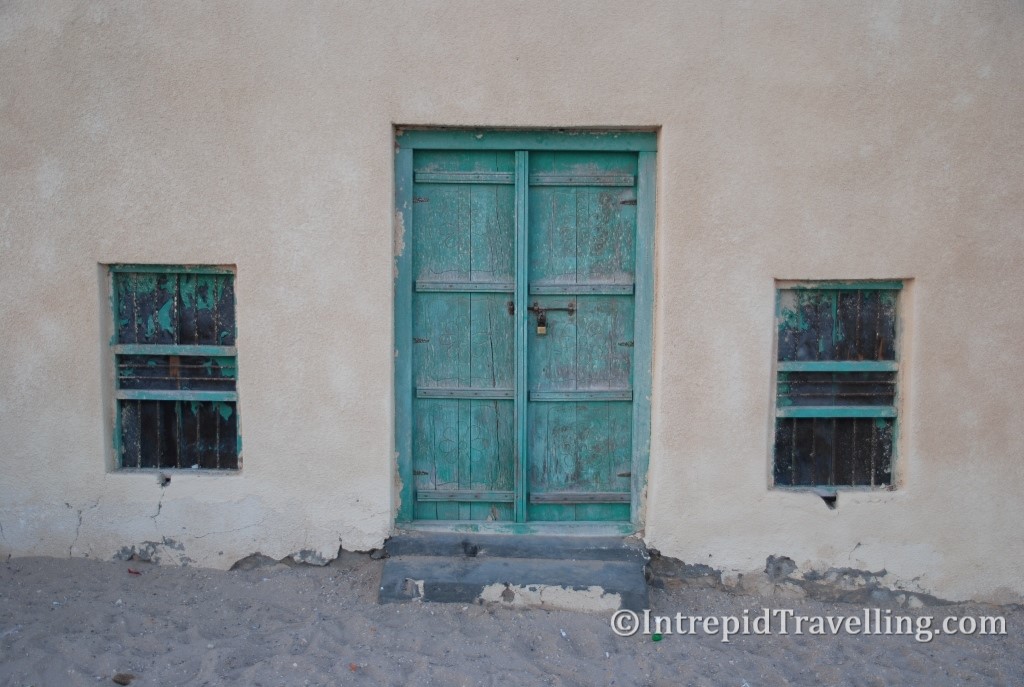
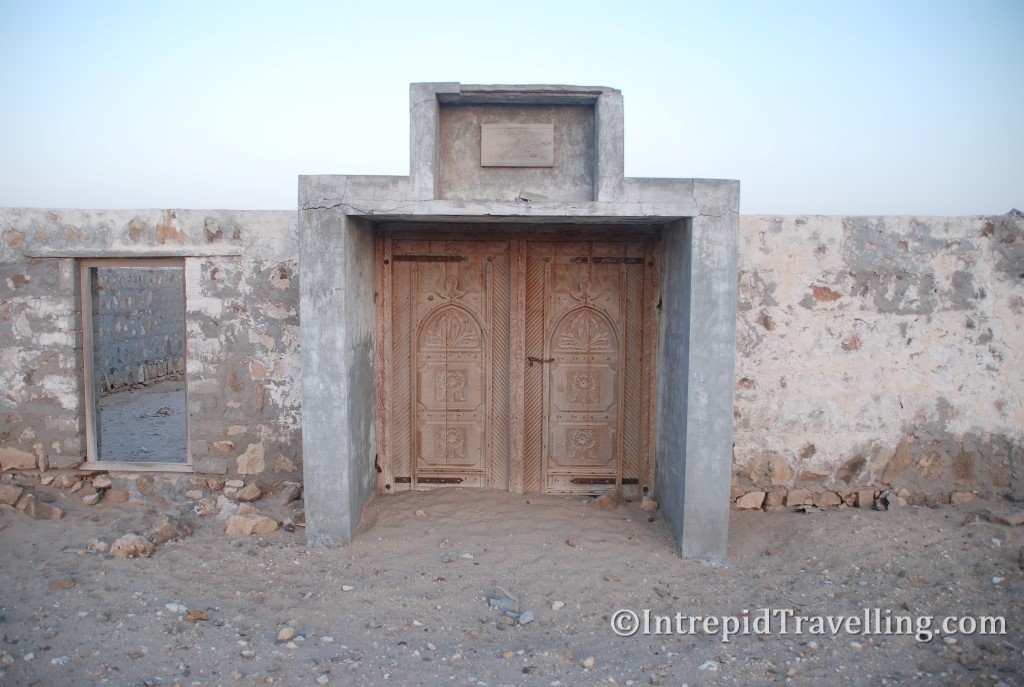
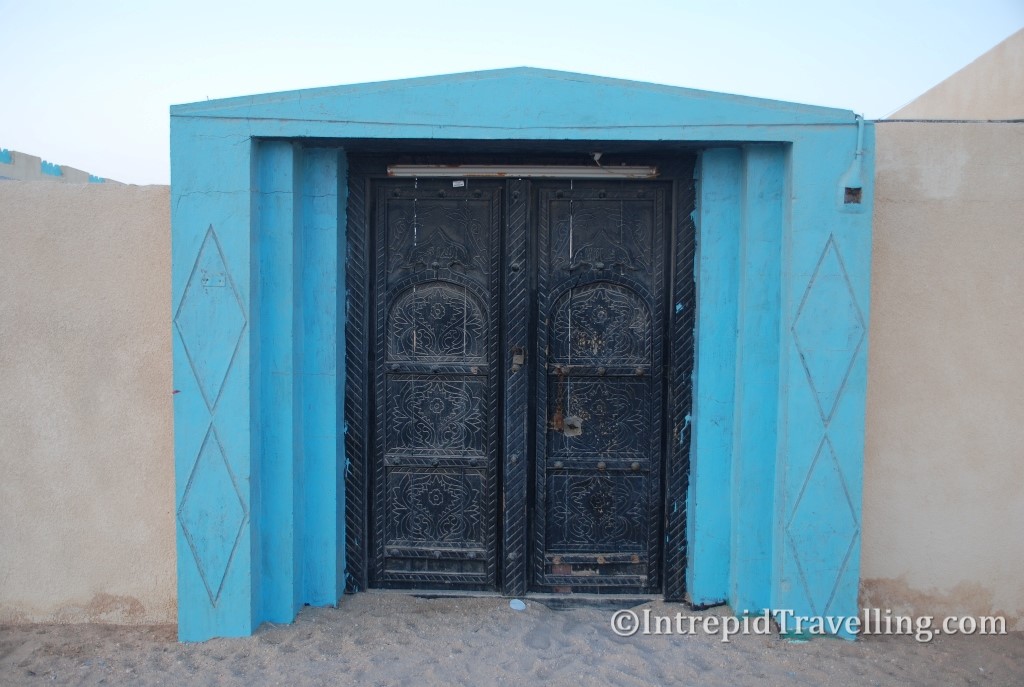
The Lonely Planet comment regarding Oman was right, the budget accommodation isn’t budget (relative to other backpacking destinations) and the public transport is limited, but understandably. Without my own wheels to explore I did find I was a bit bored at times, but there was no shortage of friendly and curious locals/immigrant Subcontinent workers to talk with as English is widely spoken. One benefit of hanging around small towns for three or so days is you become a familiar face, and then a friend of the local restaurant, hotel and dairy owner, which helps kill any thoughts of loneliness. Even after a month here in Arabia being surrounded by men in Dishdashas and women in their Abeyya, I still have the distinct feeling I’m a stage hand of a production, surrounded by performers in costume - it’s still strange to see people in their Islamic attire.




